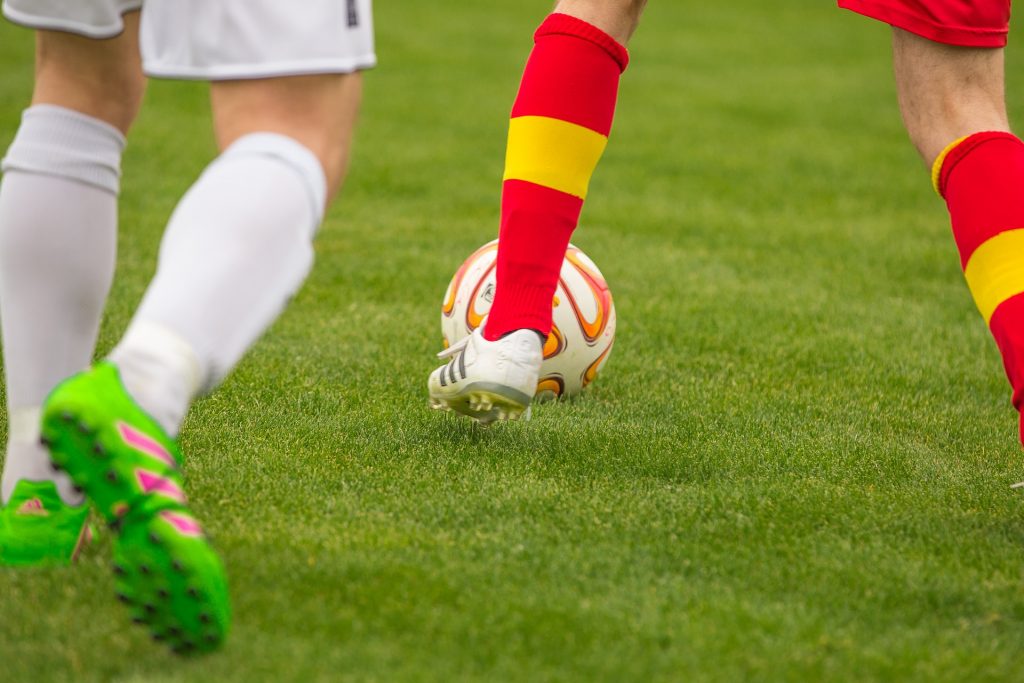Soccer is the most popular team sport for Canadian children aged three to 17. More than 750,000 children participate in soccer programs.
Safety tips
- Learn the proper technique of heading a soccer ball. The age at which heading can safely be introduced remains controversial. An experienced coach is best suited to judge when to introduce heading in youth soccer. Parachute recommends not permitting heading until age 10 to 12 years.
- Use plastic-coated balls. Replace once their water-resistant qualities are lost. The use of smaller balls in youth soccer is strongly recommended.
- Warm up, stretch and cool down before and after games and practices. The American Academy of Orthopaedic Surgeons recommends warming up with jumping jacks, stationary cycling, running or walking in place for three to five minutes. This should then be followed by slow and gentle stretching, holding each stretch for 30 seconds.
- Match young soccer players according to their level of physical development.
- Players must undergo complete rehabilitation before returning to play after an injury. Taping and bracing may be used to help prevent re-injuries of the ankle.
Create a safe environment
- Keep the playing surface well maintained. Fill holes in the field and reseed bare spots.
- Adequately pad all goalposts and secure them to the ground. When not in use, dismantle portable goalposts, remove and tie up, or secure to a permanent structure.
- Strictly enforce existing rules to prevent aggressive behaviour and infractions. Parents, coaches and soccer organizations should work together to encourage respect and fair play.
- Personnel knowledgeable in first aid should be present at all sporting events and appropriate planning for possible emergency situations must be in place.
Protective equipment

- Wear shoes with moulded cleats or ribbed soles. Shoes with screw-in cleats should be used when traction is required, such as on a wet field with high grass.
- Wear a mouth guard as they help protect teeth from injury.
- Shin guards should be compulsory at soccer games and practice sessions. They should have sufficient shock absorption and cover a large area of the lower leg.
- Consider wearing protective eyewear. We recommend eyewear made of polycarbonate lenses.